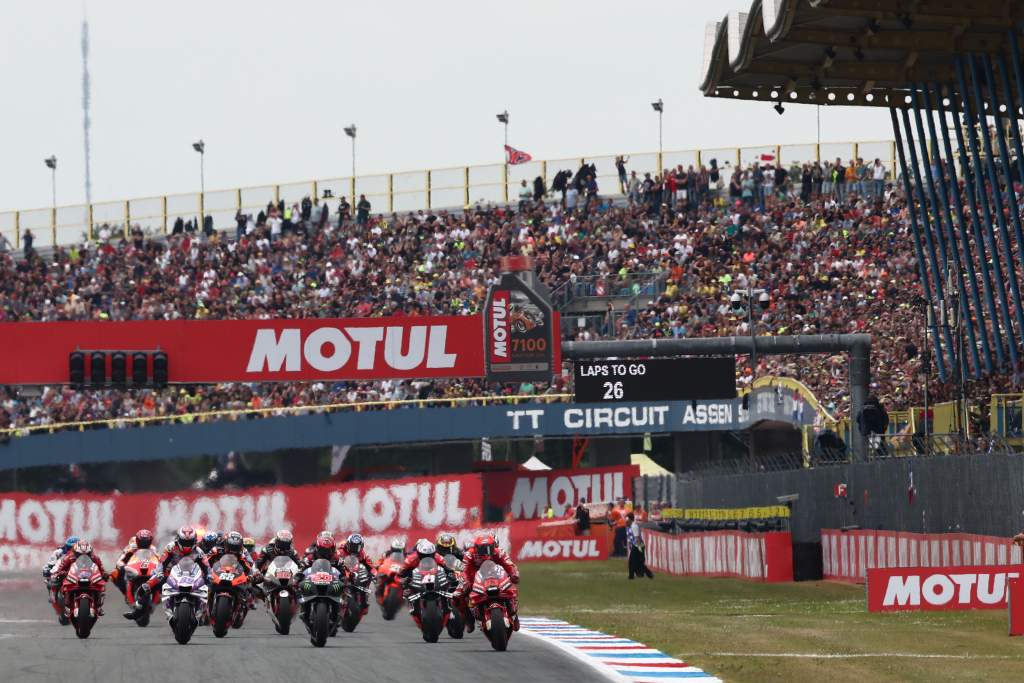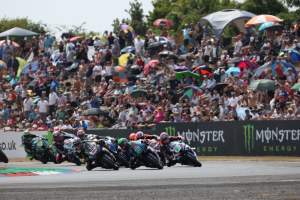When the word first leaked out to us that MotoGP was planning the introduction of sprint races at every one of the planned 22 rounds next season, my initial response was optimistic.
I’ve been one of the loudest people, after all, calling for series promoter Dorna to shake up the championship, to deliver better value for money to fans, and to try to solve some of the issues that are causing fan attendance and TV viewership to plummet.
But the more time that I’ve had to think about it, and the more opinions I’ve heard (both for and against the idea), the more I’ve become absolutely certain of one thing: it’s a kneejerk reaction to a brewing crisis by Dorna, and it’s not one that is going to tackle the actual fundamental problems that the series is facing.
The positives of the idea are pretty obvious. More racing is generally always better, especially when it comes at the expense of one of the weekend’s existing practice sessions. It clearly delivers more for those watching at home, but it should also significantly increase the experience of fans who attend Saturdays in person too.
But while this is increasing the value for money fans see from buying tickets or subscribing to pay TV, you can’t really explain falling numbers through the race weekend format – after all, we’ve had a one-race format since 1949 and plenty of healthy crowds in the past.
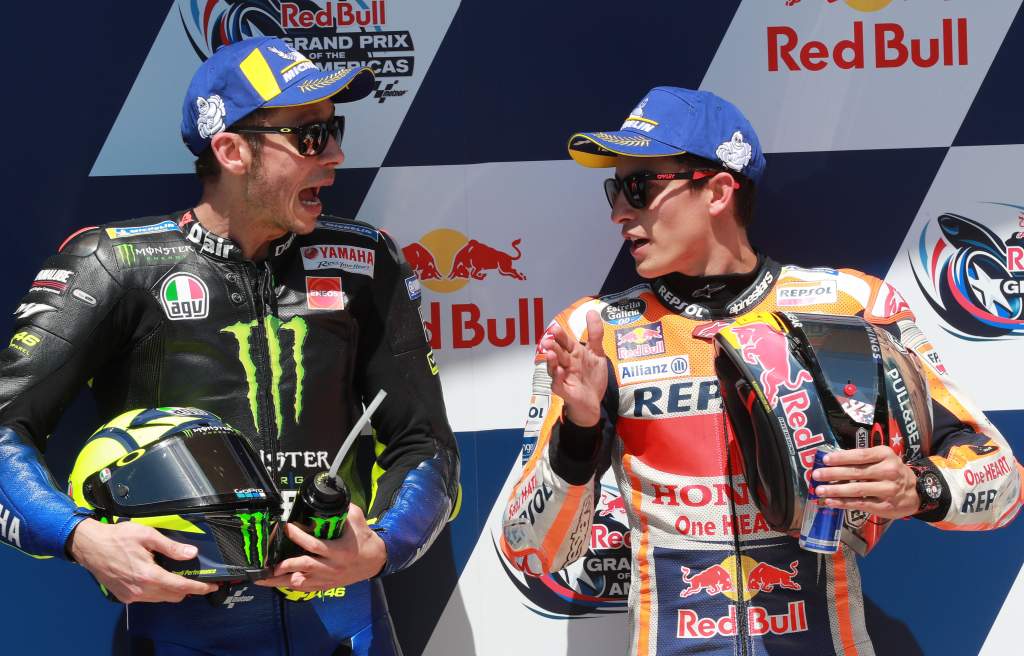
What really seems to be driving the sudden fall in the past few years can be far more easily attributed to two factors: racing that is becoming increasingly tedious and dull, and a complete lack of big-name stars of the sport since the retirement of Valentino Rossi and the ongoing absence of the injured Marc Marquez.
The first of those issues is by far the easiest to fix, at least on paper – although it would also involve Dorna and the FIM doing something that they’ve shown reluctance to do in the past: putting their foot down and tell the series’ teams and manufacturers how it’s going to be rather than kowtowing to them on the technical rules.
It’s not that long since MotoGP has had really good, close racing – it’s something that was there in abundance as recently as 2020. And it’s easy to work out what has changed since then: the proliferation of both increasingly advanced aerodynamic features and the now almost-mandatory ride height devices, especially on the rear of the bikes.
It has created a cascading series of problems, from dirty air coming off bikes that makes it harder to ride closer to your rivals to the virtual neutering of the ability to gain an advantage on acceleration thanks to the mechanical way in which bikes now power out of the turns.
But the biggest factor of all has been tyres. Not necessarily a Michelin problem, but the glacial pace at which it can develop new front tyres in particular (a result of MotoGP’s now almost-absent testing) means that it has been left behind in the technical arms race and simply cannot cope with the extra stresses and force put into the tyres by the rapidly-evolving bikes.
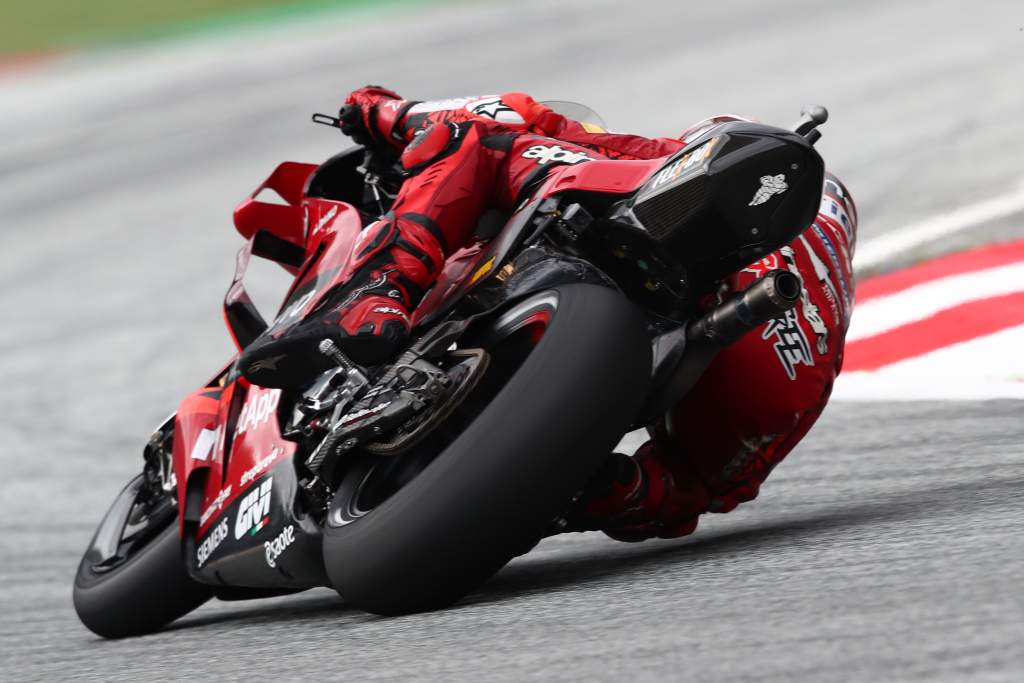
Dorna has won one small battle recently, scrapping the front version of the ride height devices for next year, but with a unanimous decision needed by the Motorsport Manufacturers’ Association to change the technical rulebook, there’s simply no way that Ducati and Aprilia in particular are going to allow their advantages to be stripped away from them by this process going further.
So, instead, what we’re going to get for 2023 is 50% more laps where overtaking is hard and the opening laps generally decide the finishing order. Sure, the shorter nature of the races and the lack of need to preserve tyres and fuel the same way means that they’ll be more frenetic and probably more exciting – but there’s even a risk inherent to that, too.
Imagine that Saturday’s half-distance races (likely to be later in the day and therefore probably at a better time for most TV viewers) do turn out to produce more exciting racing than Sunday. Will that mean that people, happy to get their MotoGP kick in a short burst, simply don’t bother to tune into what can (rightly or wrongly) be perceived as a snoozefest on Sunday afternoon?
It’s the potential knock-on repercussions of the sprint race format that make me so nervous about the decision to introduce them.
That decision is most likely fuelled by the results of MotoGP’s first-ever global fan survey conducted earlier this year, which specifically asked about sprints.
There’s nothing wrong with experimenting with the race weekend format, but this isn’t an experiment: it’s a wholesale change of the very nature of the championship, arguably the first of its kind in the sport’s 73-year history.
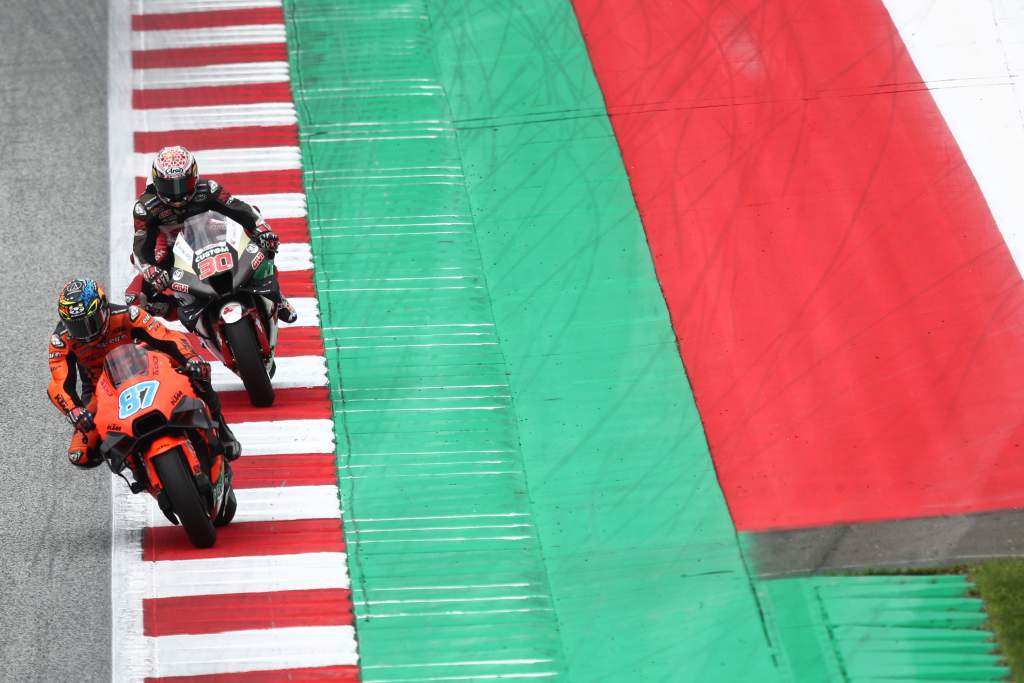
Rather than announcing a full season of sprint racing, perhaps instead a trial run – not worth championship points and at a handful of races later in 2022 – would have been far more sensible.
More than anything else though, there was a more sensible way to announce anything at all. And it would have avoided MotoGP risking offending its most prized commodity: the riders.
They were left slightly confused, and as a result deeply unhappy, about only finding out what was happening after it had already been decided.
Pol Espargaro was among those who was quick to stress that the riders would rather work with Dorna than against it.
“I think all the riders were angry because we had to face you guys [the media], asking things, doing your job,” he explained on Saturday.
“We couldn’t answer with all the information on the table.
“After the safety commission, when we heard the proposal, everything was much more clear.
“It’s good to tell the riders what’s going on because that way you create less confusion.
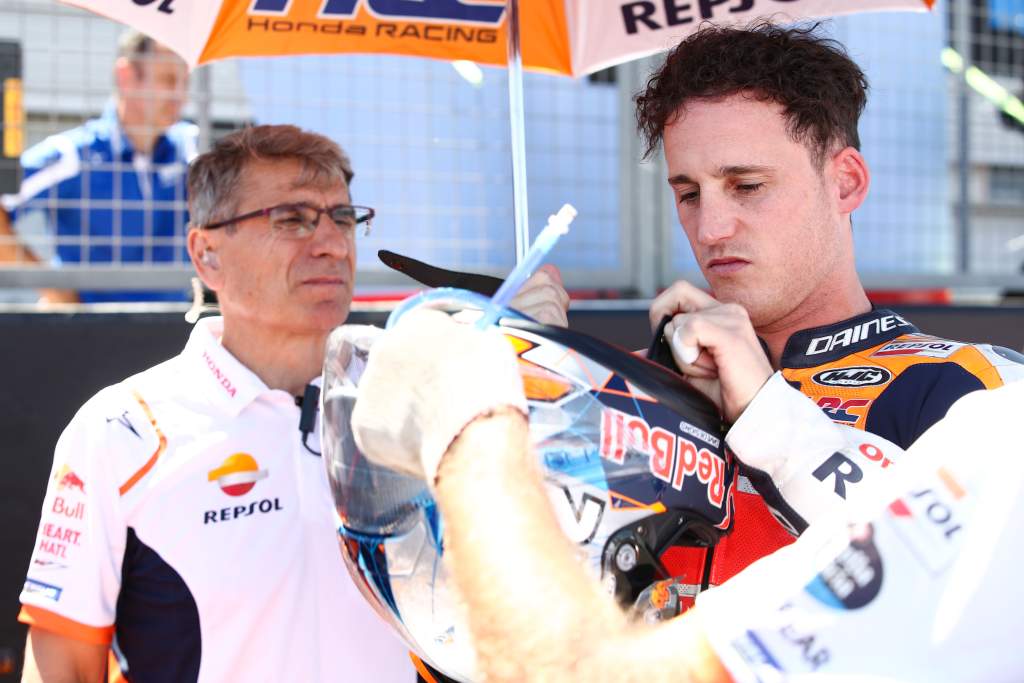
“After the safety commission, if you had asked me before and after my words would have changed quite a lot.
“I was told how it will be, all the situation, and with all the information you see things in a different way.
“Before, I was super-against it, but today there is some benefit to doing it.”
You’ve got to think that a better-paced strategy would have worked better than rushing to hold a big Hollywood announcement.
In the end, we got a disjointed dump of jumbled information in Saturday’s press conference rather than a refined strategy – something that would have been achievable if Dorna had been up front about its intentions and involved all its stakeholders.
In the end, though, it’s been announced – and as a result, it’s going to happen (which might in itself be reason for the way in which it was delivered).
What it brings, and what the knock-on effects will be on the sport’s future, remains to be seen.
But what else can we do now but embrace the change, be happy to get more racing every weekend, and see what it brings?


